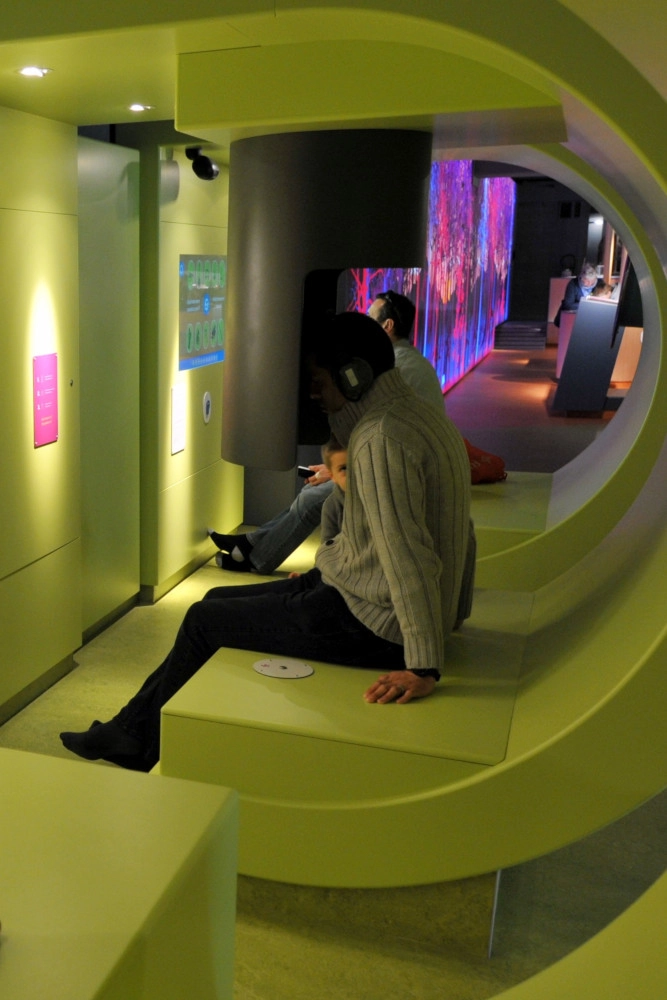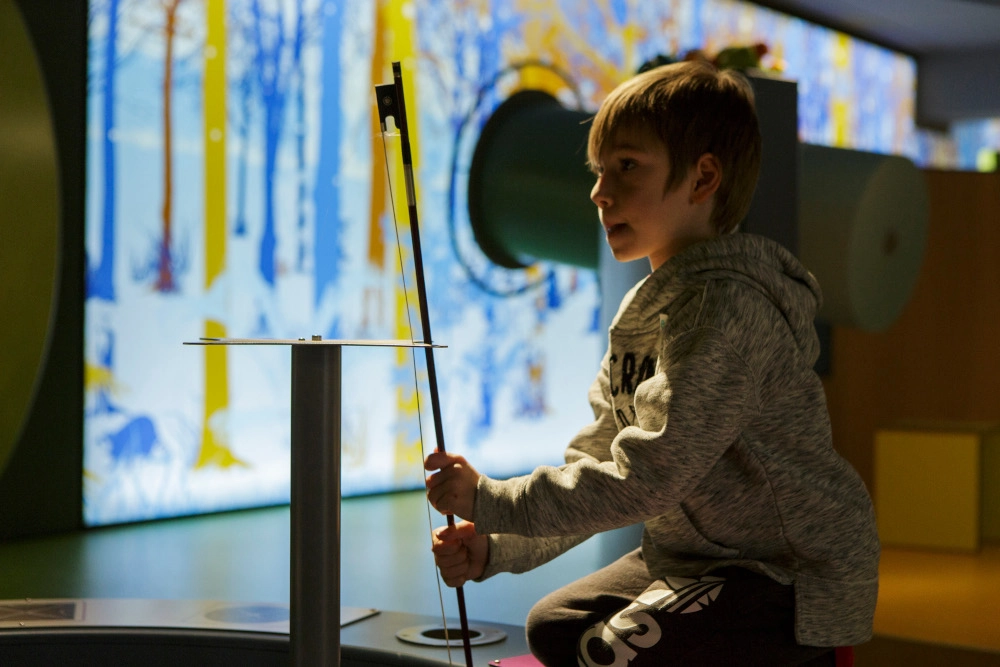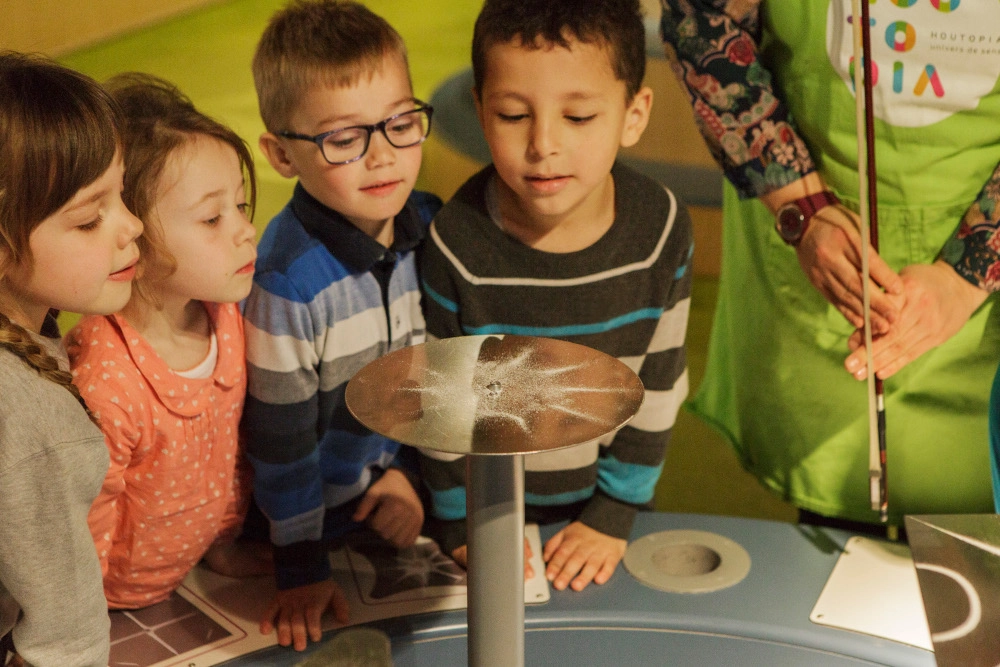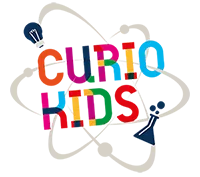
Searching for meaning with your hearing!
Do you know the McGurk effect
The McGurk effect is an illusory phenomenon of hearing that appears when there is an inconsistency between what you see and what you hear. For example, you will do an experiment where you will get the feeling that the person is saying the FA sound in the video while they are still saying Ba. Here, it’s the view that takes precedence over the hearing. This conflict between the two senses creates an auditory illusion.

To see or to listen to, that's the question.
The McGurk effect is an auditory illusion. It occurs when hearing and vision provide contradictory signals. If a person says “ba”, but we replace the video image of his mouth with another image where he says “fa”, the new image imposes the sound “fa” on our brain, even though in reality it is still the sound “ba” that is pronounced. This experiment shows how our brain uses not only what it hears, but also what it sees to construct auditory perception.
The Mc Gurk effect is irresistible: you can’t help but be sensitive to it even if you are aware that it is an illusion.
The experiment of stereophony

At Houtopia, you’ll be immersed in a sound environment. Under hairdresser’s dryer with stereophonic headphones, you will hear a hairdresser cutting your hair. It’s an auditory illusion.
Left or right?
Stereophony is a method of sound reproduction aimed at reconstructing the spatial distribution of recorded sound sources using two channels diffused by at least two transducers (loudspeakers or headphones).
In ideal conditions for the reproduction of music played by an orchestra, you will hear the instruments (or other sounds) to the left and to the right, as if you were sitting facing them.
But while our auditory field covers 360 degrees in all three dimensions, stereophony only offers us an opening of 60 degrees on a horizontal plane. It cannot, therefore, offer a faithful reproduction of the sound scene, but only an interpretation of it.
Chladni table
The Chladni table is a metal plate with sand on it. With a bow, you shake the table. When it resonates (vibrates), the grains of sand organize themselves into geometric shapes. The higher the frequency, the more complex the geometric shape. So you can create an image with sound.


Can sounds express themselves in shapes?
at first glance, given their immateriality, this hardly seems possible. However, when a plate on which sand has been deposited is subjected to vibration, the grains of sand arrange themselves in geometric figures. These figures are segmented into symmetrical cells, the finer and more complex the higher the vibration frequency. Through this process, the sound is transcribed into forms.
The human voice thus produces wonderful figures and it is possible to visualize music through the forms it produces.
Want to know more ?
Listen to us on your favorite radio!




